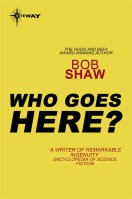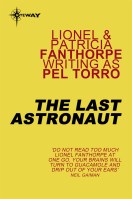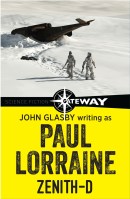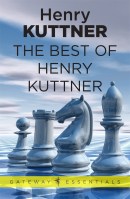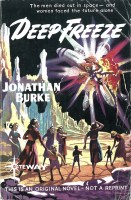
Deep Freeze
Price and format
- Price
- £2.99
- Format
- ebook
Scientific progress has taken human beings to remote planes in far galaxies and enabled them to build comfortable homes there. But when that science proved a deadly enemy and had to be abandoned, the pioneers were isolated in alien surroundings. There was no way home. Earth, which had once been home, had ceased to exist. And when the men of the planet Demeter died out in space, the destiny of the human race was left to a group of women.
Clare Monkton worked to establish a feminist world. She used the resources of science to assure the continuance of the race … but the resulting children were to be brought up according to her ideas.
There was bound to be a challenge. When there were once more young men growing up on the planet, it was inevitable that they should oppose the authority of the women. And when one of those young men proved to come from such a dangerous ancestry, Clare knew she had a battle on her hands…
Clare Monkton worked to establish a feminist world. She used the resources of science to assure the continuance of the race … but the resulting children were to be brought up according to her ideas.
There was bound to be a challenge. When there were once more young men growing up on the planet, it was inevitable that they should oppose the authority of the women. And when one of those young men proved to come from such a dangerous ancestry, Clare knew she had a battle on her hands…



